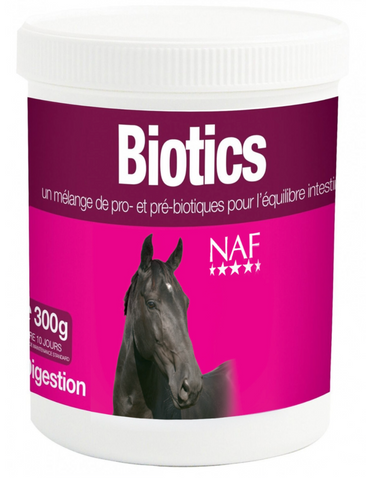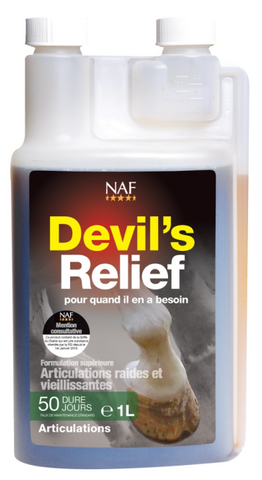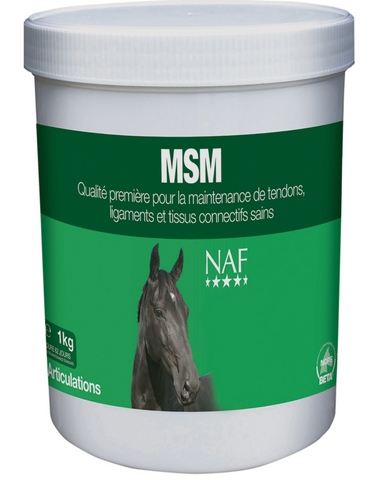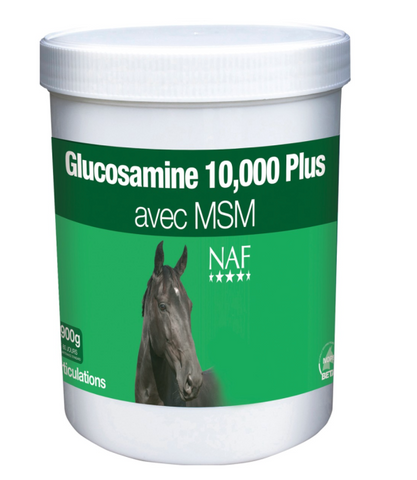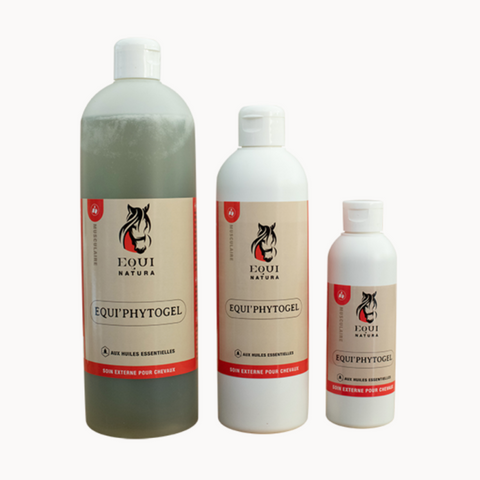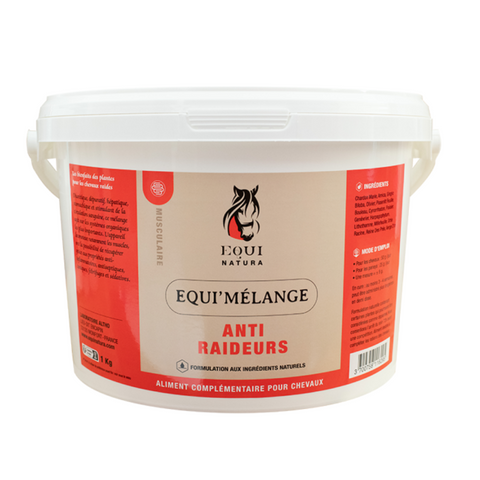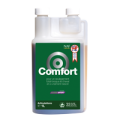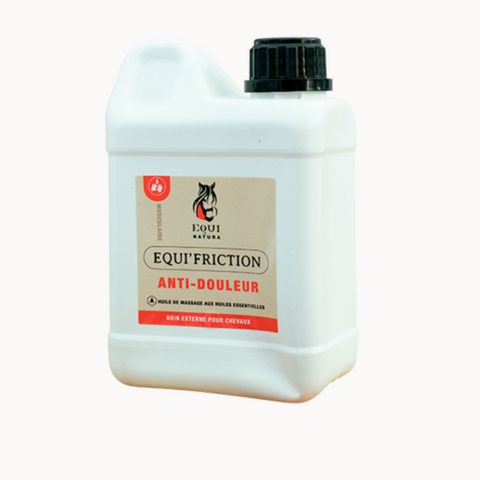The musculoskeletal system: the joints
A horse's leg includes, to simplify: nerves, blood vessels, skin, bones, muscles, tendons, ligaments and joint capsules. Muscles and tendons are there to move bones. A joint is a joint between two bones. These joints are named after their place in the body: elbow, crown, hoof, knee, hip etc.
To facilitate movement, the ends of the bones are covered with a layer of cartilage. The ends of the bones are linked by the joint capsule, reinforced by ligaments. The space between the ends of the bones, in the joint capsule, is filled with joint fluid or synovium.
The joint capsule has two layers. The outer layer (membrane), where there are many vessels and nerve endings, gives firmness to the joint. The internal layer (membrane) maintains the composition of the joint fluid. Besides this, the ligaments, muscles and tendons around the joint give it stability.
Cartilage and risks :
For them to function well, joints need nutrients and cartilage-protecting substances.
The role of cartilage is: to absorb shock, carry weight, transmit loads, be both flexible and elastic, while ensuring bone sliding within the joint. Joint wear is characterized at the cartilage level by a trophic deficit and a disruption of metabolism. Containing neither nerve nor blood or lymphatic vessel, cartilage is a special tissue. For these reasons, the supply of nutrients is barely sufficient. In addition, after each cartilage damage, the reserves of these substances are quickly exhausted. Unfortunately, it is impossible to protect a horse from any cause of joint damage, these can be, among others: continuous overload, repeated movements or even a lack of movements. The use of anti-inflammatory medications can sometimes damage cartilage.
These products can lead to an increase in free radicals which will oxidize the synovium and certain cartilage molecules. This results in a loss of cartilage substance and we then speak of joint degeneration, there is no longer a balance between destruction and restoration of the cartilage. If the destruction is greater than the restoration, this leads to wear and tear, joint disease and limitation of movement.
Important nutrients :
Cartilage is also made up of cells (chondrocytes) and an extracellular substance including collagen fibers which are an important factor in the cohesion of the cartilage. In this gelatinous substance, we also find proteoglycans (formerly called mucopolysaccharides), long protein molecules linked to glycosaminoglycans (GAG's) = polysaccharides, the most important of which are chondroitin sulfate, glucosamine and hyaluronic acid. The latter contributes to the lubrication of the joint and has an anti-inflammatory role. Synovial production is dependent on glucosamine which also plays a very important role in cartilage metabolism, its presence is essential to reform cartilage, it participates in the protection of the joint and the maintenance of its functional capacities.
Chondroitin sulfate ensures the elasticity of cartilage provided it is present in adequate quantities.
In order for chondroitin sulfate and glucosamine to work well, they need sulfur bonds. Sulfur is the essential element of cohesion in cartilage; joint flexibility depends largely on these connections. In addition, sulfur has an important anti-inflammatory action.
For the healing of cartilage damage, the body must also have vitamins C and E, zinc, copper, manganese and selenium. You can promote repair processes by providing sufficient quantities of cartilage constituents as well as vitamins and minerals and omega oils.
Antioxidants:
They play an important role in the elimination of joint toxins. Each joint problem causes significant production of toxins (free radicals). These damage healthy (cartilage) cells and cause even more damage. Antioxidants support tissue protection. They are found in Equi'drink Immunotonic , Devils Relief Plus , Superflex***** liquid or Superflex***** powder .
Arthritis:
Arthritis generally develops as a consequence of recurrent overload. Several causes can be mentioned: excessive stress on the joints, too early training in the foal, poor shoeing, poor balance, uneven ground. In this case, the internal joint membrane will produce more synovium. This will change its composition and lead to damage to the articular cartilage. The joint will swell, the joint capsule will be distended by excess synovial fluid and the horse will lame.
In case of acute arthritis, put your horse to rest and always consult the veterinarian. To support the treatment, you can give your horse MSM . External treatment is possible with clay, cream or gel ( Equi'phytogel ).
Osteoarthritis:
If joint overload persists, arthritis becomes chronic. Damaged cartilage will be incurable. There will be new bone formation around the joint edges (osteophytes). The joint capsule will see its margins calcify, resulting in damaged vessels. We are now talking about osteoarthritis. Visible examples of osteoarthritis are: spavin, navicular disease and forms. At this stage it is incurable, but we can try to slow down the worsening. As support, one can give r MSM sulfur, Equi'drink Immunotonic , Glucosamine 10,000 Plus , Devils Relief Plus , Superflex***** liquid or Superflex***** powder .
The horse can also distend the joint capsule and ligaments by making a misstep. Rest and light walking are usually sufficient for recovery.
If the joint is often stretched, it loosens over time and can cause permanent damage, as above. Every working horse is subject to some form of joint wear and tear. Carefully progressive training, careful hoof care, good food and regular outings in the meadow can limit this wear and tear.

